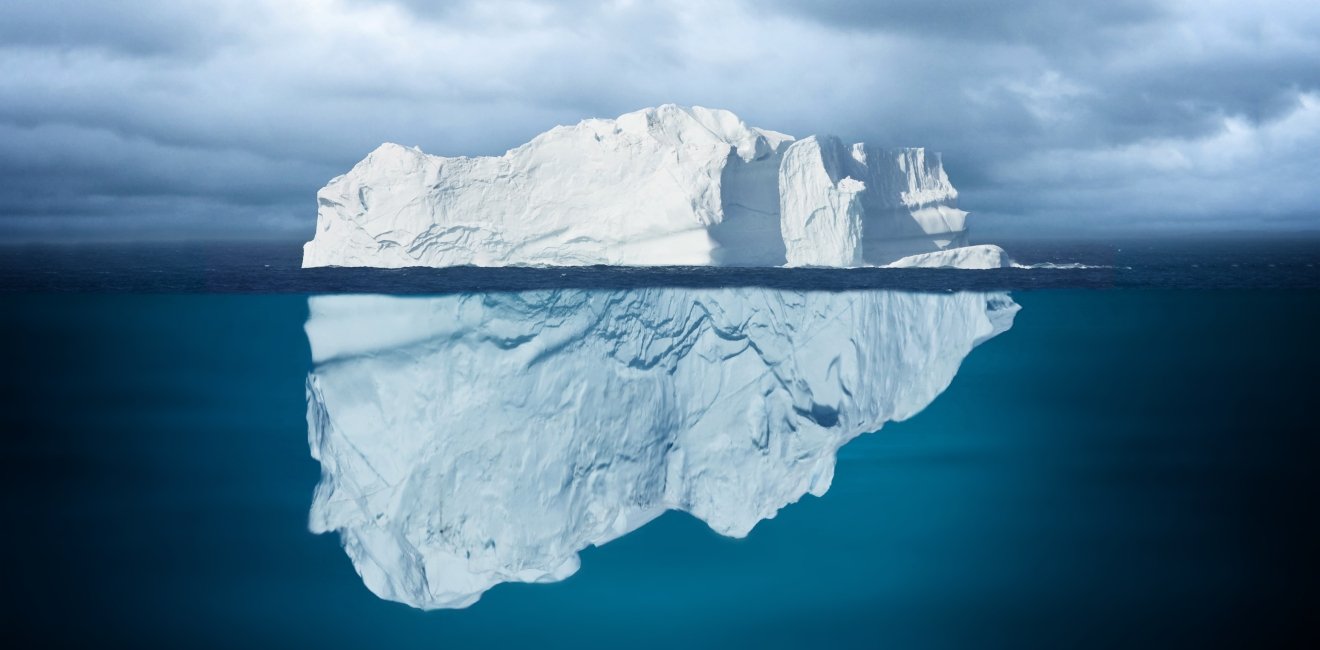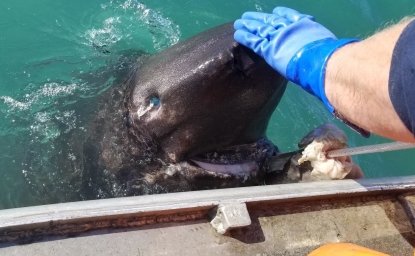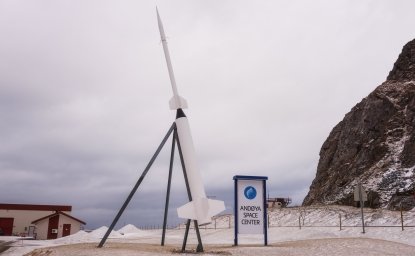The last four years have been disappointing for Americans interested in advancing environmental protection at home and abroad. Here in the United States, the prior Administration turned implacably against long-standing approaches to regulation, which often meant removing limitations on industry regarding pollution or undercutting protections relating to land, oceans and wildlife. Internationally, the United States left the Paris climate agreement and frequently failed to play the leadership role it traditionally filled in multilateral environmental institutions.
In the polar regions, where the United States has vital interests, the record was mixed. In the Arctic, the United States advanced some environmental priorities in the Arctic Council (at least those unrelated to climate change). It also continued to support establishment of marine protected areas in the Southern Ocean. But US efforts often lacked energy or senior-level attention. The advent of the Biden Administration brings with it a welcome opportunity to restore American leadership at the poles on environmental issues.
The Arctic and the Antarctic are key regions for undertaking a range of research that is necessary to understand global climate systems. Indeed, many types of cutting-edge climate science (e.g., studying ice cores that tell us the history of our atmosphere going back hundreds of thousands of years) can only be done in deep ice regions and far from industry and people. These regions contain unique ecosystems where flora and fauna can be studied in largely pristine surroundings. The United States has been a leader in polar science for decades, based on a commitment to environmental protection that makes that science possible, values nature and appreciates and incorporates (in the Arctic) the roles and interests of Indigenous peoples. More generally, efforts to protect the health of the planet, to promote biodiversity and conserve ecosystems, have often focused on the polar regions.
The United States is an Arctic State because of Alaska. It is one of eight countries with territory above the Arctic Circle with membership in the Arctic Council, a high-level forum established in 1996 to focus on environmental protection and sustainable development. With most other Arctic States wanting to cooperate in the urgent task of figuring out what the Arctic can tell us about climate change, the United States was out of step for the past four years on both studying the effects of climate change in the region and thinking through possibilities for adaptation (much less possibilities for mitigation related to limiting black carbon). Imagine if instead of giving rise to a misdirected policy discussion about buying Greenland, the President had drawn attention to the need to study the Greenlandic ice sheet, offering to increase funding for glaciologists who can unlock the secrets to ice mechanics and sea level rise on which our societies may depend.
The United States is in many ways the most influential country in Antarctica, sending there the most scientists from any nation. It operates the only research station at the South Pole, as well as the largest station on the continent, McMurdo Station in the Ross Sea region. It also makes a larger investment in support of science there than any other country.
In Antarctica’s vast Southern Ocean, the United States continued to support international efforts to establish a network of marine protected areas during the Trump Administration. This was in line with the prior Administration’s successful effort to gain agreement for a US-New Zealand proposal to create the world’s largest marine protected area, in Antarctica’s Ross Sea, in 2016. That achievement involved the personal intervention of President Obama and Secretary Kerry. We can be grateful that the Trump Administration did not undermine that protected area simply because it was the product of the prior Administration. Yet, the Trump Administration never positioned itself as a strong advocate for marine protected areas or for marine conservation generally. Indeed, it undercut MPA protections in US domestic waters put in place under Presidents Bush and Obama. The Biden Team can revitalize US policy so that, once again, the United States will be a leader on marine conservation and ecosystem-based management in the Southern Ocean.
At both poles, the Biden Administration should take a number of steps to promote environmental protection:
- Increase funding to support the best possible climate-related science, including studies to help understand the impact of climate change on polar ecosystems.
- Support sound fisheries management by promoting sustainable fishing practices at the Commission for the Conservation of Antarctic Marine Living Resources and working with other parties to implement the Central Arctic Ocean Fisheries Agreement fully, following its entry into force.
- While protecting the traditional hunting rights of US Indigenous peoples, review and revive the US leadership role related to conservation of whales in the International Whaling Commission to promote the viability of that organization.
- Support development and enforcement of environmental rules at relevant international organizations, such as the Polar Code and other shipping rules under the International Maritime Organization.
The new Administration should take a number of steps to promote environmental protection in the Arctic:
- Give priority to cooperation on environmental efforts within the Arctic Council, including ensuring that federal agencies send experts to relevant Working Groups.
- Study and reduce marine plastic pollution entering Arctic waters.
- Participate in efforts to reduce black carbon.
- Implement an effective ban on use of heavy fuel oil and its carriage for use by ships in Arctic waters.
- Enhance US capabilities for oil spill response, including in the Bering Sea region, and build on efforts in the Arctic Coast Guard Forum.
In Antarctica, it should take the following steps:
- Embrace diplomatic efforts to establish additional large-scale marine protected areas.
- Study the impacts of tourism and other human impacts to ensure all activities are sustainable and adhere to the rules for environmental impact assessments.
- Increase efforts to study and manage risks related to introduction of species not native to Antarctica.
- Bring into force the liability annex to the Environmental Protocol to the Antarctic Treaty, already submitted by President Obama to the US Senate.
Despite serious bilateral tensions covering a wide range of topics, there may be ways to engage Russia on environmental issues at both poles where US and Russian interests coincide, and these two countries have a history of bilateral cooperation in both regions when it comes to science. Cooperation with China may also be possible, notably with respect to the Southern Ocean where China supported the US-New Zealand Ross Sea marine protected area proposal in 2016, and signed the Central Arctic Ocean Fisheries agreement in 2018.
Quick action by Biden Administration officials to revitalize environmental protection efforts will be welcomed by partners in both polar regions. This is in keeping with an approach to international relations that builds on existing institutions and promotes cooperation with allies; such approaches are well-suited to advancing US interests in the polar regions where cooperation is the norm. In doing so, the Administration will advance its climate priorities as well as promote an international agenda that values nature and biodiversity.







